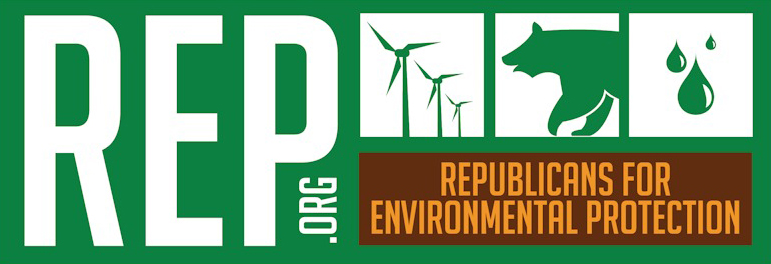Hawaii ought to be a renewable energy paradise
By JIM DIPESO, REP POLICY DIRECTOR
AN HISTORICAL DOCUMENT: published in the Hawaii Reporter on July 9, 2007.
xx
Hawaii ought to be a renewable energy paradise.
You name it, the islands have it: wind, sun, hot rock, falling water, biomass, and potentially vast stores of ocean wave and thermal energy.
Unfortunately, Hawaii’s dominant energy source is oil, shipped in at high cost from Alaska and foreign countries. Oil-fueled power plants generate three-fourths of the electricity used in the state.
It’s a crying shame. But perhaps not for long. Gov. Linda Lingle has signed into law HB 226, co-sponsored by state Rep. Cynthia Thielen, R-Kailua-Kaneohe Bay. The legislation requires statewide greenhouse gas emissions to be reduced to 1990 levels by 2020.
Hawaii won’t get there if oil remains the islands’ dominant fuel. But tapping its abundant renewable energy will give the state a fighting chance of not only achieving the emissions reduction target, but also pioneering a broad transition away from oil.
It’s important that we learn how to build a cleaner, more diverse energy economy. Energy is the leading strategic issue facing America today. There are two principal reasons why — national security and global climate.
Oil dependence is a liability, and going forward, it will become more so. A growing share of the world’s production is centered in countries that, to put it lightly, do not inspire confidence about their stability or reliability.
As the International Energy Agency noted in the 2006 edition of its World Energy Outlook, “The concentration of oil production in a small group of countries with large reserves — notably Middle East OPEC members and Russia — will increase their market dominance and their ability to impose higher prices.”
That spells trouble for the United States. For a state as oil-dependent as Hawaii, that spells grave danger.
Drill for more oil at home, some argue. That won’t fix the energy security problem, however. America uses 25 percent of the world’s oil production, but holds less than 3 percent of the world’s conventional oil reserves.
The gap between rising demand and domestic supply is too large to close with increased American oil production, even if oil companies were turned loose in Alaska, offshore waters, and public lands in the Rocky Mountain West.
It gets worse. Oil is a fungible commodity traded in a global market. Any event anywhere in the world that disrupts that market will cause price spikes at your local gas station, regardless of where its fuel originates. As Resources for the Future, an independent Washington, DC think tank, has noted: “The cost of a crisis to us will turn principally on how much oil we use, not on how much we produce.”
Add the risks of climate change to the equation, and the urgent necessity of transitioning away from oil becomes clear. Global warming is chockablock with risks for Hawaii: rising sea levels, saltwater poisoning of drinking water aquifers, and increased incidence of violent weather, to name several. The state’s primary industries are vulnerable to those impacts.
Prudence dictates that Hawaii acknowledge the dangers of oil dependence and plan for a shift to cleaner, less risky energy sources. The Thielen bill signed into law by Gov. Lingle is a good start. It establishes a task force to develop an emissions reduction plan and strategies for meeting the 2020 target.
A workable plan will have to put renewable energy front and center. Today, less than 7 percent of the state’s power generation capacity is renewable. That share must be expanded. Starter policies are in place. Tax credits are available for solar hot water and photovoltaic systems. HECO and other utilities, required by state law to obtain 20 percent of their power from renewable sources by 2020, are pursuing wind, biofuel, and geothermal projects.
Twenty percent renewable, however, is not enough to shield Hawaii from the hazards of oil dependence. More must be done to expand use of Hawai’i’s indigenous energy sources, including the tremendous quantities available from the surrounding ocean.
The ocean brings life to Hawaii. Let it bring energy as well.
xx
NOTE: REP is proud that State Representative Cynthia Thielen, who is praised in this article for co-sponsoring HB 226, is a long-time REP member.
Return to THINGS WE FIGHT FOR: CLEAN AIR, CLEAN ENERGY, AND A STABLE CLIMATE
Return to REP’S HISTORY, PART 3
Return to top of page
